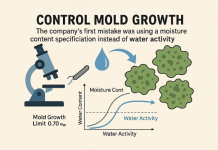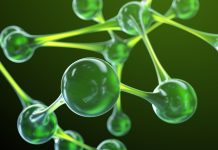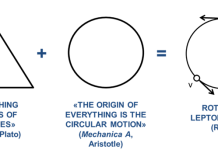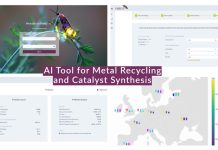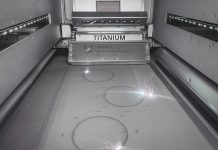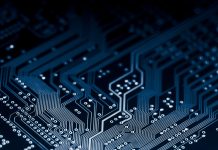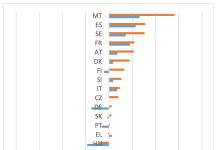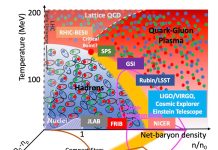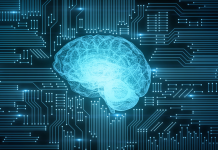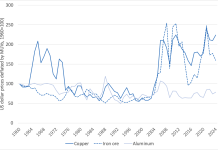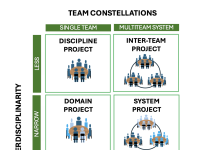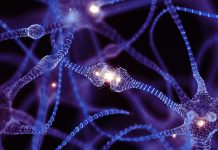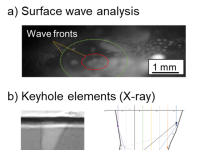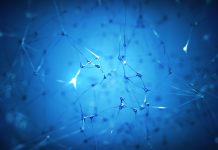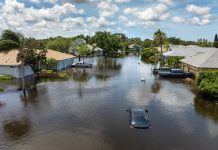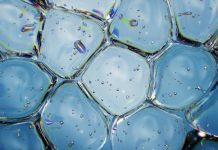Open Access Government produces compelling and informative news, publications, eBooks, and academic research articles for the public and private sector looking at health, diseases & conditions, workplace, research & innovation, digital transformation, government policy, environment, agriculture, energy, transport and more.
Home 2025
Archives
Microbial contamination: How water activity stops costly food recalls
Microbial contamination can lead to recalls and financial losses for food manufacturers. Novasina AG emphasizes the key difference between moisture content, which measures water volume, and water activity, which indicates the energy status of water and is crucial for assessing microbial growth.
Advancing materials science: Translating innovative research to commercial prospects
Aarthi Janakiraman, Research Director of the Advanced SciTech Division at Everest Group, focuses on advancing materials science and translating innovative research into commercial opportunities.
The role of neutrinos, quantum mechanics and special relativity in baryogenesis
Constantinos G. Vayenas from the University of Patras and the Academy of Athens, explores the roles of neutrinos, quantum mechanics, and special relativity in baryogenesis.
Electrified (electro)catalyst production and recycling for sustainable catalyst-based chemical industries
Savitha Thayumanasundaram, Research and Development Scientist at the Flemish Institute for Technological Research (VITO) & Project Coordinator of the FIREFLY consortium, explains electrified (electro)catalyst production and recycling for sustainable catalyst-based chemical industries.
Driving innovation in additive manufacturing: Enhancing efficiency and certification
Ana Queirós Barbosa(1) and Christina Moeslund Zeuthen(2), explore driving innovation in additive manufacturing, explaining precisely how DILAPRO enhances efficiency and certification.
Phase change materials for reconfigurable photonic integrated circuits
Pierre Noé, Benoît Cluzel, Stéphane Malhouitre, and Benoît Charbonnier, discuss phase change materials for reconfigurable photonic integrated circuits.
PREMIUM_EU: Unlocking regional growth through strategic interregional mobility policies
Interregional mobility, involving the movement of people between regions, significantly shapes regional economic and social landscapes in Europe. The PREMIUM_EU project seeks to explore this and provide policy recommendations.
Physics: Quarks and Gluons explained
Professor Claudia Ratti from the Physics Department at the University of Houston explains the essential information about quarks and gluons, including the so-called Quark-Gluon Plasma, plus Quantum Chromodynamics.
Silent stakeholders in regulatory policy
In this first of a four-part series, Kati Rantala from the Faculty of Social Sciences at the University of Helsinki examines silent stakeholders in regulatory policy – identifying who they are, explaining their significance, and exploring ways to enhance their involvement.
Programmable iontronic neural networks
Guo-Xing Miao, Professor at the University of Waterloo, guides us through programmable iontronic neural networks.
Metal price cycles, including copper, aluminum, and cobalt
Read this analysis of metal price cycles, including copper, aluminum, lithium and cobalt, featuring insights from Christopher Gilbert of Biena Consulting Srl. It also addresses the significant increase in metals demand from China between 2003 and around 2012.
Model thinking for everyday life
Many people rely on quick internet searches for knowledge acquisition. In his book MODEL THINKING For Every Day Life, Richard C. Larson discusses how we can rethink our approach to problem-solving, leading to greater learning in the process.
Interdisciplinary collaboration in engineering education
Anette Kolmos, Jette Egelund Holgaard, and Henrik Worm Routhe from Aalborg University discuss findings from the InterPBL research project and highlight the advantages of interdisciplinary collaboration in engineering education.
Quantum bits and consciousness: Biochemical information processing
Dr Peter Verheyen, DMD from the Sola Society & Academy, at Vienna University, explores quantum bits and consciousness, focusing this time on biochemical information processing.
Does surface tension above boiling temperature still exist?
It remains unclear whether boiling metal surfaces can still show surface tension, says Prof Dr-Ing. Jörg Volpp, Associate Professor at University West, Trollhättan in Sweden.
Amino acid nutrition: A vital foundation for canine and feline health
Elizabeth Morris, Ph.D. and Julia Guazzalli Pezzali, DVM, MS, Ph.D., emphasize that amino acid nutrition is a crucial foundation for the health of both dogs and cats.
Role of extracellular electron transfer in the nitrogen cycle
Extracellular electron transfer impacts the nitrogen cycle by enhancing microbial processes and connecting to other biogeochemical cycles. Understanding EET mechanisms provides insights into ecosystem functioning and potential advancements; Arpita Bose and Zhecheng (Robert) Zhang explain.
Climate change, water change and the critical role of community resilience
Dr. Amanda Shankland, Dr. Carolyn Johns, and Gail Krantzberg, explore climate change resilience, water change, and the critical role of climate-ready communities.
Positron and electron catalysis of neutrino hadronization: How our universe was made
Constantinos G. Vayenas1, Dionysios Tsousis1,2 and Eftychia Martino1, together, discuss how our Universe was made, focusing on positron and electron catalysis of neutrino hadronization.
Nanobubbles and microbubbles: A fresh and economic appraisal to redesigning liquids’ life-line to bioprocesses
Niall J. English, from Chemical & Bioprocess Engineering at University College Dublin, discusses how new paradigms in manipulating microbubble and nanobubble populations by novel and inventive engineering approaches have an impact on tailoring liquids for various bioprocess applications.

